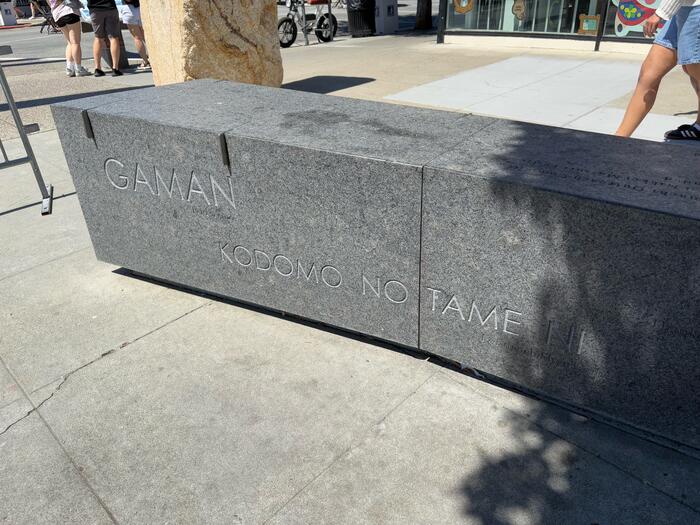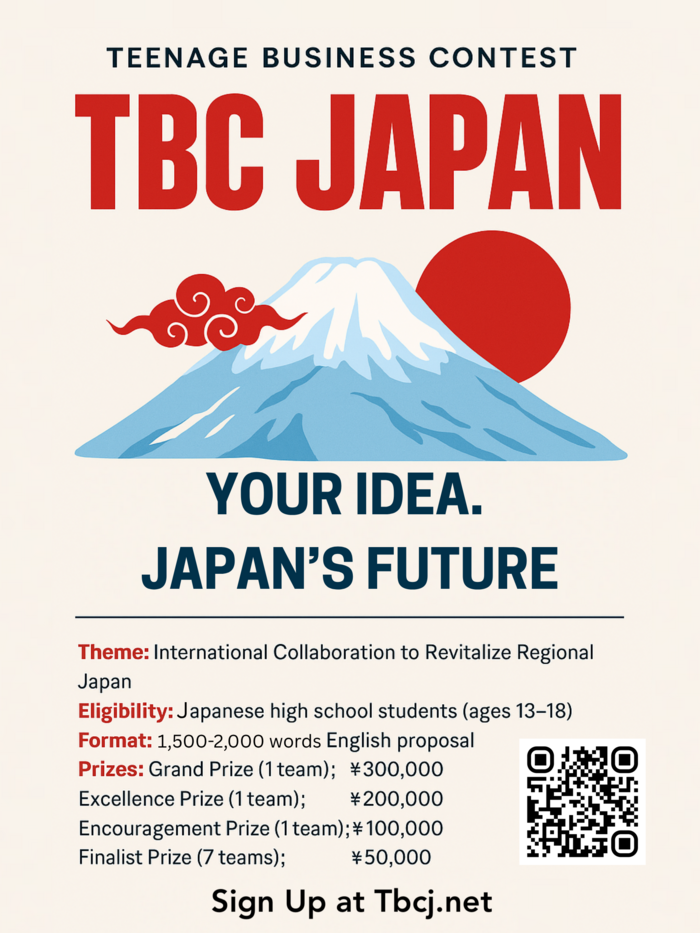Sukemasa Kabayama
Sukemasa Kabayama is the instructor for the Stanford-Hiroshima Collaborative Program on Entrepreneurship (SHCPE), a course offered by the Prefectural University of Hiroshima and the Stanford Program on International and Cross-Cultural Education (91│į╣Ž).
Masa is passionate about scaling emerging technologies that deliver exceptional user experiences while creating a positive societal impact. He is currently the Co-founder and CEO of Uplift Labs, an AI-powered technology startup that provides accurate 3D motion capture and movement analysis to optimize performance and health utilized by professional sports teams and leagues, NCAA college programs, sports academies, and healthcare providers.
Masa has held leadership roles at some of the worldŌĆÖs leading global companies, driving innovation and market growth. As President of Tesla Motors Japan, he led the launch and expansion of the Model S. Prior to Tesla, he served as Director of Education at Apple Japan, spearheading the introduction of the iPad in the education sector. Before then, Masa spent seven years as Country Manager for LEGO Education Japan, leading the expansion of LEGOŌĆÖs robotics platform in schools and universities and launching LEGO Schools to foster creativity and problem-solving skills.
Masa earned a BA in Design of the Environment (Architecture) from the University of Pennsylvania. He was born in Tokyo, Japan, and grew up in Canada, Japan, and the United States. Given his multicultural upbringing and as a member of the International House of Japan and other organizations, Masa is deeply committed to fostering strong U.S.ŌĆōJapan relationships, especially supporting the next generation of cross-border talent to expand their potential, embrace an entrepreneurial mindset, and develop resilience.





























